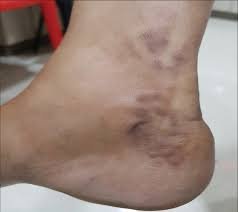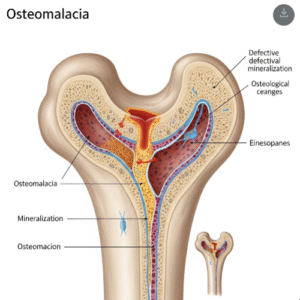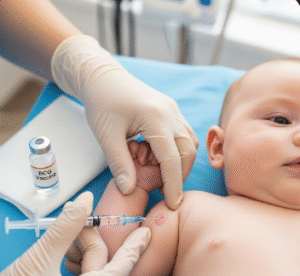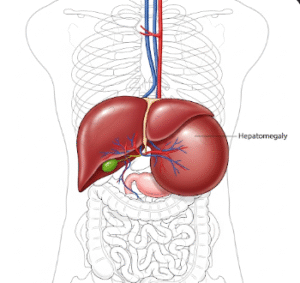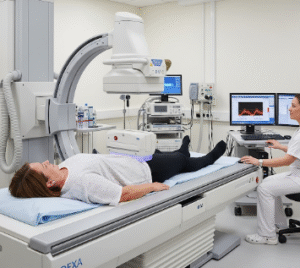Overview
Dracunculiasis, also known as Guinea Worm Disease, is a parasitic infection caused by Dracunculus medinensis. It is extremely rare in Korea due to improved sanitation and water treatment. Korean healthcare focuses on prevention, awareness, and management of imported cases.
What is Dracunculiasis?
Dracunculiasis occurs when larvae of the Guinea worm are ingested through contaminated water. The larvae mature and emerge through the skin, typically on the lower limbs. While almost eradicated globally, vigilance remains important in Korea for travelers returning from endemic regions.
Symptoms
- Painful blister on the skin, often on the leg or foot
- Burning or itching sensation at the blister site
- Fever and swelling
- Nausea or vomiting
- Secondary bacterial infection at the worm emergence site
Causes
- Drinking water contaminated with copepods carrying Guinea worm larvae
- Exposure during travel to endemic regions in Africa
Risk Factors
- Travel to Guinea worm endemic countries
- Consumption of untreated water
- Lack of protective water filters during travel
- Inadequate health education about parasitic infections
Complications
- Secondary bacterial infection at the worm exit site
- Permanent scarring
- Joint pain or mobility issues if multiple worms emerge
- Rare systemic complications from secondary infections
Prevention
- Drink only filtered or boiled water when traveling to endemic areas
- Educate travelers about safe water practices
- Immediate medical attention for any suspected case
- Public health awareness campaigns for imported cases
Treatment Options in Korea
Medical Treatments
- Slow extraction of the worm using a stick or gauze (traditional method)
- Pain management with analgesics
- Antibiotics for secondary infections
- Wound care to prevent further complications
Supportive Care
- Clean dressing of affected area
- Monitoring for signs of systemic infection
- Patient education on preventing transmission

